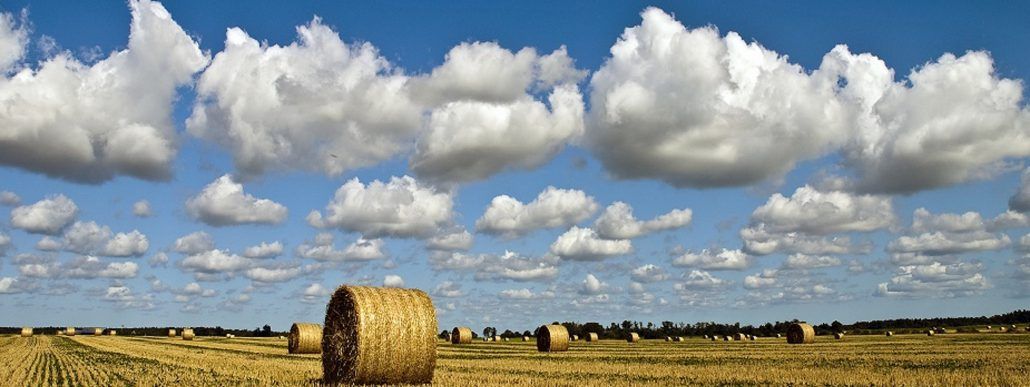Some farmers might wonder why a carbon footprint is remotely relevant to a farmer. What can farmers learn from a carbon footprint? Why do people want to know what a farms carbon footprint is? How is a carbon footprint even related to climate change? In the blog below I will attempt to answer these questions.
Greenhouse gases are chemical compounds which are found in the earth’s atmosphere. They hold the heat from the sunlight that enters the earth’s atmosphere, reflected from the surface. This is a naturally occurring process. Recently there has been a major increase in the amount of greenhouse gases in the atmosphere from human related sources. This has caused an increase in the amount of heat being maintained in the atmosphere, which has contributed to global climate change. Climate change threatens agriculture because it will bring about more extreme weather conditions, especially causing more extreme droughts and floods, also causing hotter summers and colder winters. These are all challenges to agriculture.
A carbon footprint is a measure of the amount of greenhouse gases an individual, organization or business releases into the atmosphere over a specified period of time, normally a year. It is a tool which is used to record all of the sources of greenhouse gases. It equates the various types of greenhouse gases to carbon dioxide, which is a greenhouse gas, and gives a total amount of tons of carbon dioxide equivalents emitted by the individual, organization or business.
There is an increasing demand by consumers to know the carbon footprint of the product that they are purchasing. This has increased the importance of industries measuring their carbon footprints and placing emphasis on trying to reduce their emissions or offset their emissions through carbon sequestration.
Measuring the carbon footprint of a dairy farm has various advantages. It provides a measure of the impact that a farm has in terms of greenhouse gas emissions. When done annually it can show a picture of improvement over time. Greenhouse gas emissions on a dairy farm are linked to various areas of production, and by becoming more efficient in each area, greenhouse gas emissions can be reduced and therefore the farms carbon footprint reduced. A carbon footprint therefore provides a great tool to measure improvement in total farm efficiency. For example, by increasing water use efficiency on the farm, less water needs to be pumped, therefore reducing the electricity usage and hence the carbon footprint. Another example is that by reducing the amount of fertilizer used, and becoming more efficient in fertilizer application practices and processes a farmer can save money and reduce their carbon footprint. Through more efficient feeding practices and increasing the total farm energy efficiency a farmer can save money on bringing in feed products from off of the farm to feed the cattle, which will also reduce the farms carbon footprint.
A carbon footprint can be used as a tool to show farmers interest in reducing their environmental impact. It can also be used as a tool to indicate efficient use of agricultural inputs. A carbon is relevant to both agricultural management, and to consumers of agricultural products.
Photo by Berit Watkin / CC
- A carbon footprint assessment for pasture-based dairy farming systems in South Africa - 2024-02-07
- What progress have farms participating with Trace & Save made over the past 10 years? - 2023-09-06
- Carbon footprint reduction over time: Lessons from pasture-based dairy farms in South Africa - 2023-09-04

